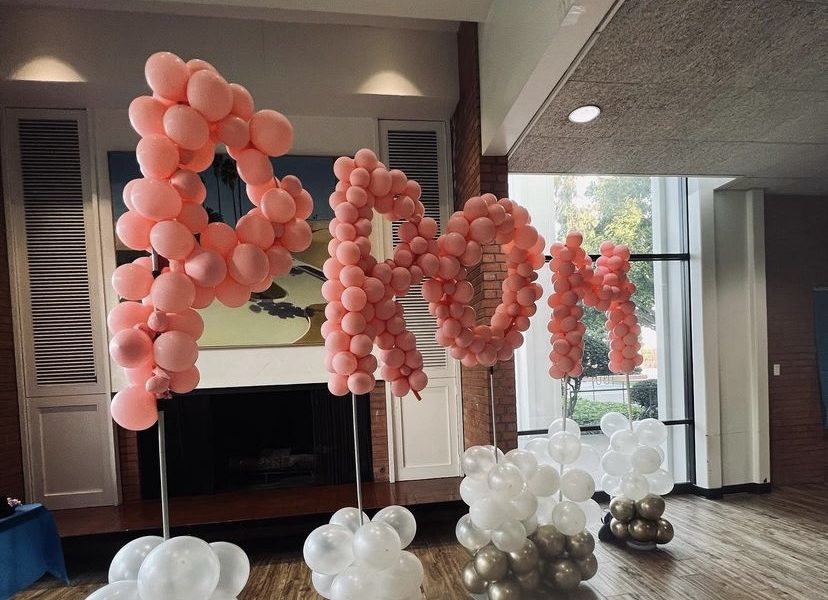For decades, dressing up to take awkward pictures and dry hump in a school’s gymnasium has been a rite of passage, preceding the celebration of every coming-of-age story.
From distanced slow dance partners to hip-hop-made dance moves like the Dougie and the yike, those floors have seen it all.
While this uncomfortable and sweaty experience has been a unifying theme in most American students’ lives, for years, LGBTQ+ youth were excluded. In fact, it wasn’t until 1994 that the first gay prom took place in Los Angeles, Calif.
Feeling left out isn’t new for most marginalized groups. For the queer community, these historical trends of nonacceptance largely impacted their collective mental health. According to the Trevor Project, 58% of members of the LGBTQ+ community report symptoms of depression, and 78% report symptoms of anxiety.
As a result, a 2022 study found that 45% of these adolescents seriously considered suicide in the years prior.
Such emotional decline isn’t unwarranted. Nearly 45 years after Frick v. Lynche, the landmark court case that upheld queer students’ rights to bring dates to prom, gay rights are still a constant debate.
In spite of the war for secure rights, the queer community continues to show up and demand equality.
At Long Beach State, this couldn’t be any more true.
In addition to the university’s LGBTQ resource center, the school also offers a slew of queer-focused communities and departments like the Queer Straight Alliance, the Transgender Empowerment and Advocacy group and the LGBTQ Campus Climate Committee.
Aside from on-campus resources, queer spaces and events take place throughout various points in the school year.
One of which is Queer Prom, hosted by ASI’s Beach Pride Events.
“LGBTQ+ activities, events and programs are essential in order for LGBTQ+ students, staff and faculty to feel they belong,” assistant director of the LGBTQ resource center Brenden Cashatt said.
Aside from Queer Prom, similar events have proven to be pivotal in shaping the experience of CSULB students. One of these students told Cashatt that attending queer events allowed them to be the happiest they had ever felt on campus.
“It is necessary for all students to come together and have conversations across differences. When envisioning a future that is liberatory, we must remember that healing, embracing and celebrating all of ourselves is the path forward. And that is not work for only LGBTQ+ students; it is for everyone,” Cashatt said.




